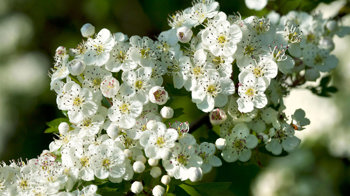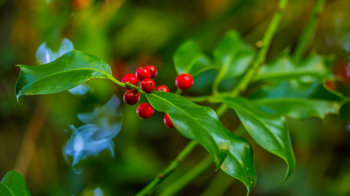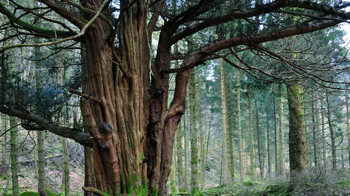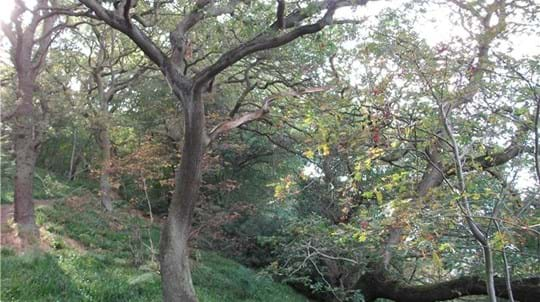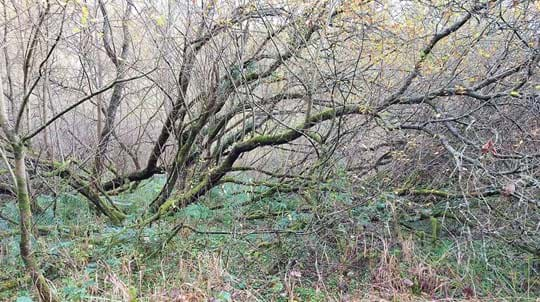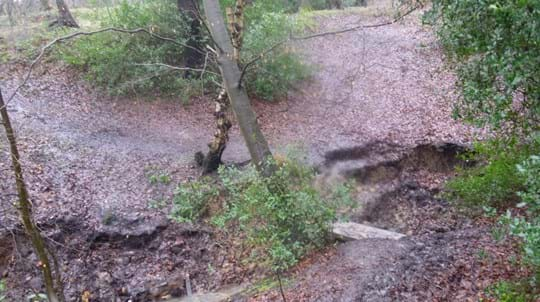
South Park
Prudhoe, Northumberland
Once a pleasure park for the stately Prudhoe Hall, South Park is home to diverse wildlife and plant species.
Located just a stone’s throw from Prudhoe, this historic landscape is connected to nearby woodlands such as Stanley Burn and Red Burn by a good network of pathways. Wander among towering trees through broadleaf woodland, open copses and winding watercourses that surround open grasslands dotted with colourful wildflowers.
Features
- Public access
- Good views
- Spring flowers
How to get to South Park
South Park is situated less than 2km southeast of Prudhoe in Northumberland. Prudhoe is about 20km west of Newcastle upon Tyne.
From the main A695, take the B6395 to Prudhoe. From the crossroads in the centre of the town, go south down South Road which leads onto Moor Road. Continue to the woodland after passing the hospital site on the left.
The nearest train station is at Prudhoe which is less than two miles from the woodland.
Visit National Rail for more information.
There are regular buses to and from Prudhoe.
For details, please visit Prudhoe bus times.
Facilities and access
There are a number of footpaths in and around South Park taking in diverse landscapes. From Moor Lane, there are squeeze-gaps and kissing gates to enter the site. Some paths through the woodland run to Red Burn and Stanley Burn woods. Other informal paths cross Prudhoe Moor at the centre of the site.
Most paths are unsurfaced, with some steep slopes. Unsurfaced paths on Prudhoe Moor are flatter.
There is layby parking on the left, next to a wooden footpath sign and a small Woodland Trust sign, just before Humbles Wood Farm. Please note this is a no through road, so you will need to return to Prudhoe when leaving.
There are no toilets on site. However, facilities are available in Prudhoe on West Road, at the bottom of South Road, opposite Dr Syntax Public House. These are the only public toilets in town, excluding those within Spetchells Centre and those at Prudhoe Waterworld.
Wildlife and habitats
The woodland, open glades, burn side paths, meadows and hedgerows of South Park are well connected to the surrounding countryside and support a wide variety of fascinating species. There is scope to spot wildlife throughout the year, from small butterflies to large mammals including foxes, roe deer and badgers.
Animals
Birds are in abundance here. In the open grasslands, see if you can spot a kestrel hovering overhead or a buzzard swooping on its prey. If you are quiet and patient, you may also catch a glimpse of a resident red fox or roe deer.
On warm summer days, speckled wood butterflies bask in the dappled sunshine and patrol their territory.
At dusk, noctule bats flit amongst the trees in pursuit of tasty insects and badgers emerge from their setts to forage in the undergrowth.
Trees, plants and fungi
Springtime welcomes in a host of colourful wildflowers to the meadows and woodlands, including cuckooflower, birds-foot-trefoil, germander speedwell and tormentil. Long, native grasses such as timothy and meadow foxtail also thrive here. Around hedgerows you may find delicate fronds of lady ferns as well as clusters of stitchwort, known for its pretty, star-like flowers and seed pods that explode like mini fireworks.
Visit in autumn to see the woodland canopy burst into shades of crimson, copper and gold. There are a spectacular variety of tree species to look out for in the dense woodlands, copses and open glades, including beech, wych elm, larch, hazel, sycamore, sessile oak, ash, hawthorn and yew.
As the colder months set in, the dark glossy green leaves and scarlet berries of holly add a splash of colour to the wintry woodland.
Habitats
South park hosts a patchwork of habitats, from dense woodland and burn side trees to more open copses and the meadows at the centre of the site.
There are also areas of non-native conifers and invasive rhododendron which reduce the amount of light that reaches the woodland floor. We plan to clear these non-native plants over the coming years, allowing native flora to thrive once more.
History of South Park
The site has a rich and fascinating history that stretches back centuries. South Park once formed part of a pleasure park for Prudhoe Hall, a Grade II-listed stately home constructed in 1870 for the Liddell family. In 1914, the estate was sold and became a hospital for people with learning disabilities. Many residents would live in villa-style dormitories across the grounds, with adult patients employed the kitchen gardens and greenhouses. Facilities included bakeries, workshops and a recreation hall for performances.
In 1947, the hospital came under the care of the National Health Service and expanded considerably, with capacity for 1,500 patients.
Some of the land has since been developed for housing, while the remaining areas of woodland and open meadows that make up South Park were acquired by the Woodland Trust in 2021.
Things to do at South Park
The woodland and the surrounding area have a good network of footpaths and bridleways to explore.
Walks
Follow the main loop to explore the best part of the woodland with beautiful views over the meadows. This walk is about two miles long and can take an hour or two to complete, depending on how many wildlife-spotting detours you make!
Multiple public rights of way connect South Park to the surrounding countryside. On a longer ramble, you might visit Chopwell Forest, which offers nature trails, sculptures and relics from the area’s industrial heritage.
North of the River Tyne, the ancient woodland of Whittle Dene is home to a historic flourmill and an astonishing variety of wildlife. Species found here include bats, willow warblers, owls, kestrels, and - it is believed - otters.

Visiting woods
Walking dogs in our woods
Dogs are welcome for walkies in our woods. Take a look at our tips and guidelines for ensuring we keep our woods safe and special for dogs and wildlife.
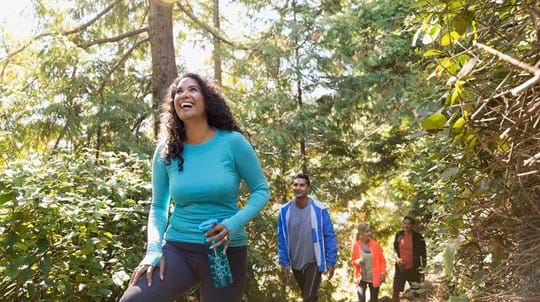
Visiting woods
Walking
Taking a walk in the woods is the easiest way to enjoy the outdoors and get closer to nature.
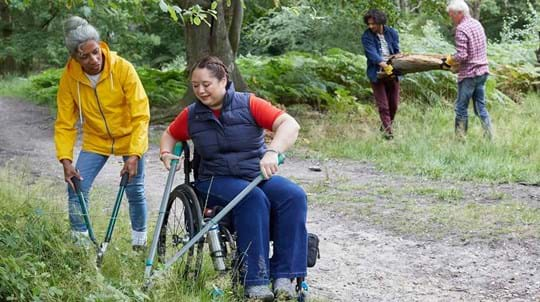
Support us
Volunteer with us
Every year, thousands of people give their precious time to help us protect and care for woods and trees.





















